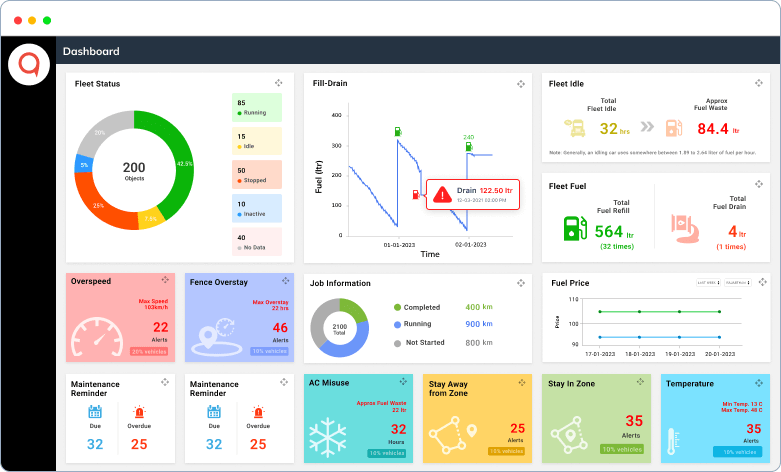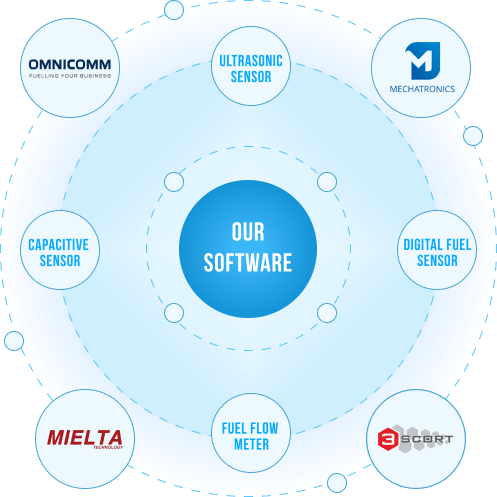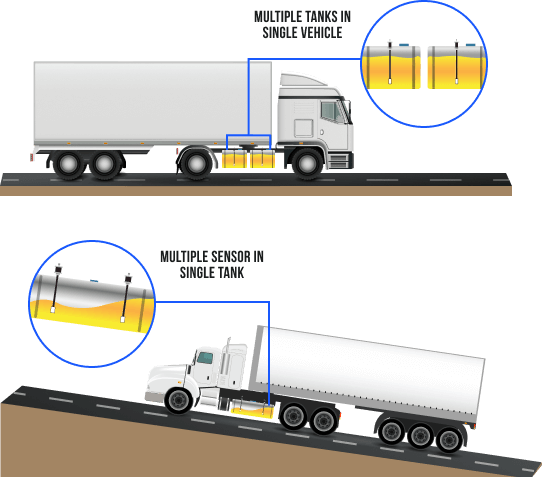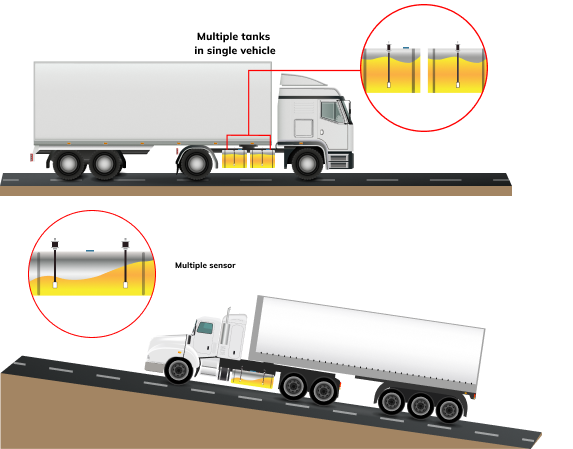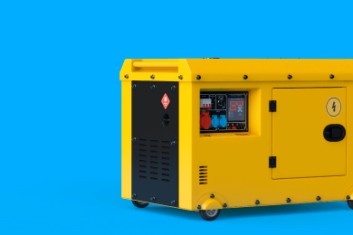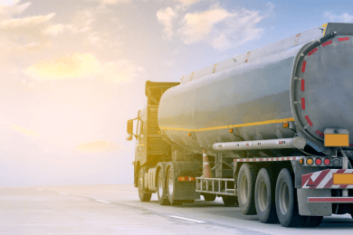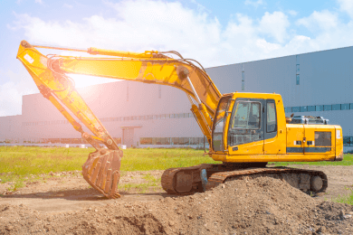Is your fuel management module useful for stable assets such as generators, etc?
Yes, our fuel management software can be useful for monitoring fuel in equipment such as DG sets, emergency power systems and other devices. In addition, the system can track fuel consumption, usage patterns and fuel levels of these assets, which is helpful for maintenance.
What kind of fuel alerts do you offer?
We have alerts specifically for fuel refill, fuel theft, etc. Additionally, we also have alerts for bad driving, such as harsh braking, over speeding, and idling, which can help you identify poor drivers.
In fact we provide you with all kinds of alerts needed.
Is there a possibility to calculate fuel wastage on the platform?
Indeed, our fuel monitoring software offers several types of reports that enable you to effectively calculate fuel wastage. In addition to these reports, we provide a variety of features and tools designed to monitor fuel efficiency and consumption. These include real time fuel level monitoring, route optimization, and fuel usage reports. These tools are valuable as it helps to identify fuel waste while providing recommendations to reduce fuel consumption and enhance fleet efficiency.
With what fuel sensors will your software work?
Undoubtedly our software is suitable for all types of fuel sensors, regardless of their model and brand, but we are also proud to support over 10 brands and 30 fuel sensor models. Significantly we currently have a global network of more than 50,000 active fuel sensors in operation.
In fact our software works wth any fuel sensor.
Can we have custom reports for Fuel?
Certainly, you have the option to receive reports created specifically for your needs. These reports can be created to accommodate a fleet’s distinct requirements, providing in depth insights into fuel consumption patterns, trends, and associated costs. Given these points, our software provides you with all kind of information you need.
Do we receive instant fuel theft or refill alerts?
Indeed, our fuel management system ensures that you receive instant alerts about fuel filling and also fuel drain in real time. These timely alerts serve to enhance fuel efficiency, control costs, and enable fleet owners to address potential fuel theft or waste quickly.

